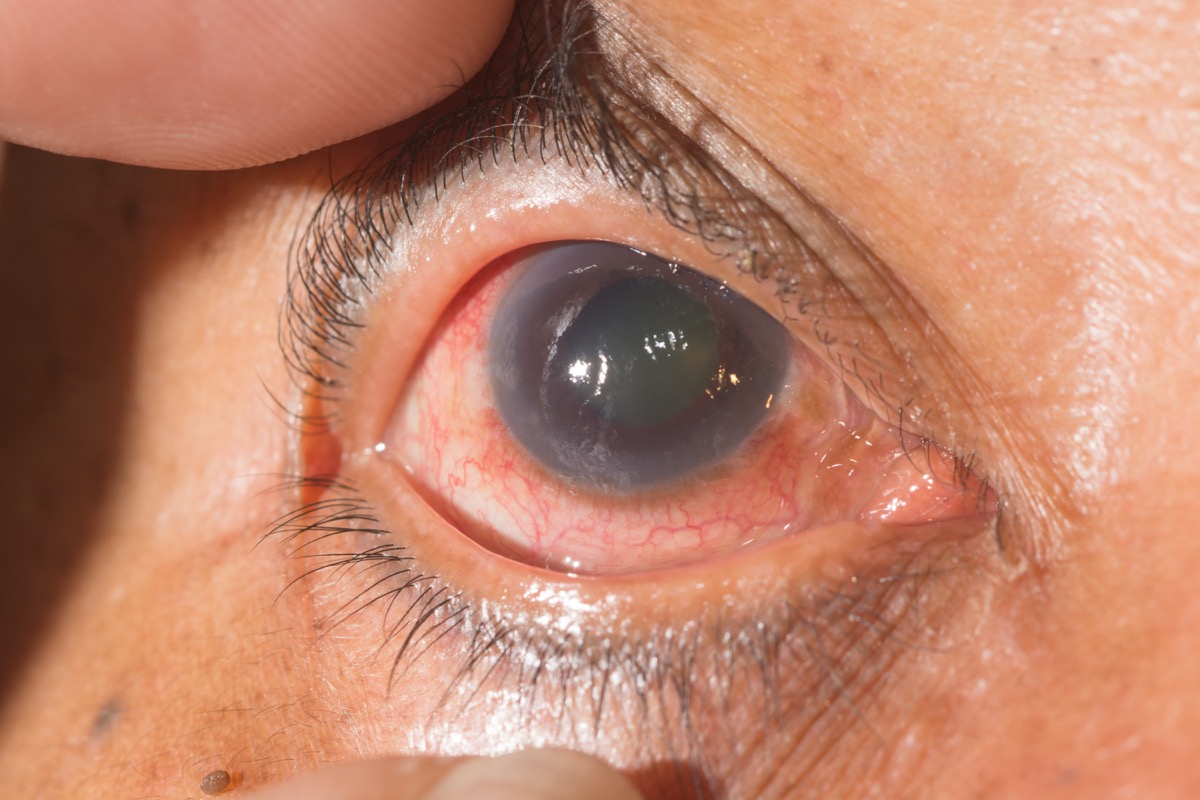Glaucoma

Here’s a starling statistic: Over 2.2 million Americans have glaucoma, but only 50% of those Americans have been diagnosed with it. There’s another reason for visiting your optometrist. Furthermore, without treatment, undiagnosed glaucoma can have serious consequences. Vision will decline to the point where intervention and medical treatment is rendered ineffective.
Anyone between the ages 40 to 60 needs to get examined by an eye doctor immediately and continue the screening process every 3 to 5 years. Those over 60 should have an eye exam every 1-2 years.
If you have diabetes, you are even at more of a risk for developing glaucoma.
Here is the problem, though. You may need to be tested a few times for any trace of glaucoma to be found. The test that doctors use to screen for the disease, also called tonometry—a test measuring the pressure inside the eye—is sometimes not enough. According to Andrew Iwach, M.D., and executive director of the Glaucoma Center of San Francisco, to rely on intraocular pressure alone would mean missing more than half of all glaucoma cases.
Therefore, every screening should include tonometry and ophthalmoscopy, which examines the optic nerve.
Should you have signs of glaucoma, you will be given eye drops containing prostaglandin analogs (PGAs) to help reduce eye pressure. To save money, you can choose a generic version that is cheaper than brand name prescriptions. Some cases require you to take more than one medication to get the glaucoma under control, including beta-blockers.
The Glaucoma Research Foundation states that there is no known way to prevent glaucoma, but there are ways to slow the progression. For example, early detection is essential. You should also exercise regularly, since moderate exercise was found to have an IOP lowering effect. Also, consider wearing protective eyewear during sports or home improvement, since injuries to the eyes can elevate the risk of glaucoma.
More from Things Health
-
Causes Of Itchy Eyes
Did you know that insufficient humidity inside the body may cause dry itchy eyes? If you're somebody who does not drink enough fluids each day…
-
Help For Dry Eyes
Dry eye syndrome is a very common situation that causes an infection or discomfort to the tear duct or tear film. This frequently results in…
-
Symptoms of Adult ADHD
It is not easy for a doctor to diagnose adult attention deficit hyperactivity disorder. An adult will understand the signals of ADHD in himself or…
-
Types Of Skin Cancer
Skin cancer happens when skin cells are damaged, for instance, by overexposure to ultraviolet rays from the sun. Melanoma - the most dangerous type of…
-
13 Tips to Having a Great Run
Even if you’ve been running for years, you’ll still have days where your pace is off, your speed is much slower than your personal best,…






